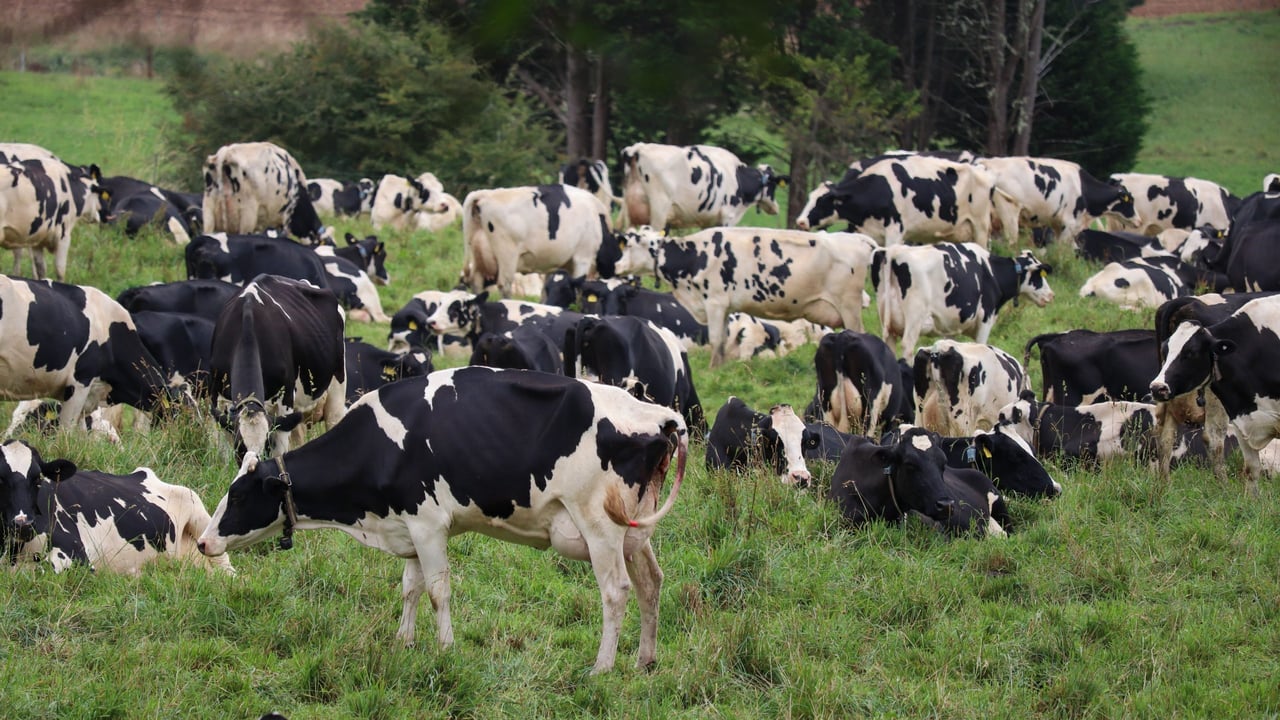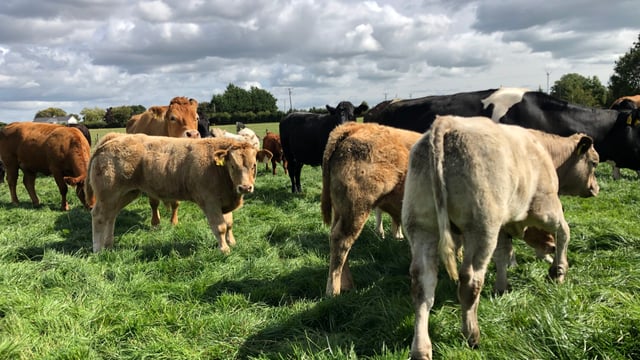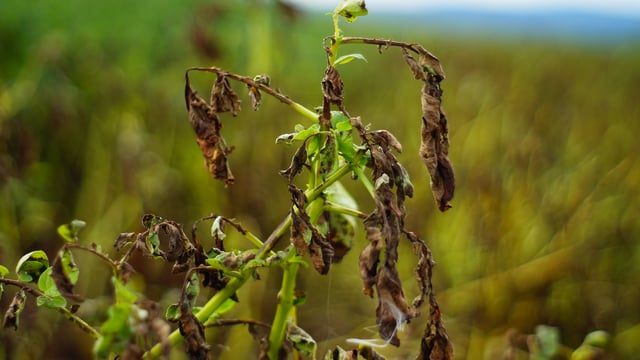Nitrates derogation to be tied to 'compliance' with Habitats Directive - DAFM
The Department of Agriculture, Food and the Marine (DAFM) has revealed today (Monday, July 7) that the European Commission has told Ireland it "must demonstrate compliance" with the Habitats Directive when granting farmers a nitrates derogation.
There are 600 sites in Ireland designated under the Habitats Directive and the Birds Directive. Sites range in size from 1ha up to 76,000ha.
These sites are designated as either Special Conservation Areas (SAC) and or Special Protection Areas (SPA) and are generally referred to as Natura 2000 sites.
Under the Habitats Directive any plan or project "likely to have a significant effect on a designated site or species" must be subject to Appropriate Assessment of its implications for the site.
The European Court of Justice has ruled that the "grazing of cattle and or the application of fertilisers on the surface of land or below its surface" in the vicinity of Natura 2000 sites may be classified as a project.
According to DAFM the granting of nitrates derogations is considered by the commission to be "authorisation of a project" and is therefore subject to the assessment requirements of the Habitats Directive.
The first stage in an Appropriate Assessment process is screening which determines if a project "is likely to have a significant effect on a designated site".
If the project is likely to have an effect - or if it is unclear what the effect might be - then the project must be subject to an Appropriate Assessment which in turn is a detailed impact assessment of the implications of the project on the "integrity of a Natura 2000 designated site".
DAFM plans to carry out any screening and Appropriate Assessments at a "catchment and sub-catchment" scale to deal with the nitrates derogation compliance requirement.
There are 46 catchments in Ireland. These catchments are further divided into 583 sub-catchments.
The department has said that It plans to use what it has described as the "source – pathway –receptor” framework to do this.
According to DAFM this can be explained as follows:
- Source is derogation farms;
- Pathway is based on hydrological connectivity - either surface or groundwater -
between source and receptor; - Receptor is the designated site (i.e., SAC, SPA).
The department has detailed that catchments can range in size from "400 km² to 3,500km² with the average catchment size being 1,500km² - approximately 150,000ha" while sub-catchments will be in the region of 12,000ha.
According to DAFM this proposed approach "will require further refining".
The department said: "This will be achieved by engaging intensively with stakeholders, including: the Ag Water Quality Working Group, other government departments/state agencies and research) as well as consultant experts in Habitats Directive compliance.
"Following consultant and stakeholder engagement, the approach will be subject to legalagreement. Once this has been completed, the proposal will be presented to the European Commission for their consideration."





